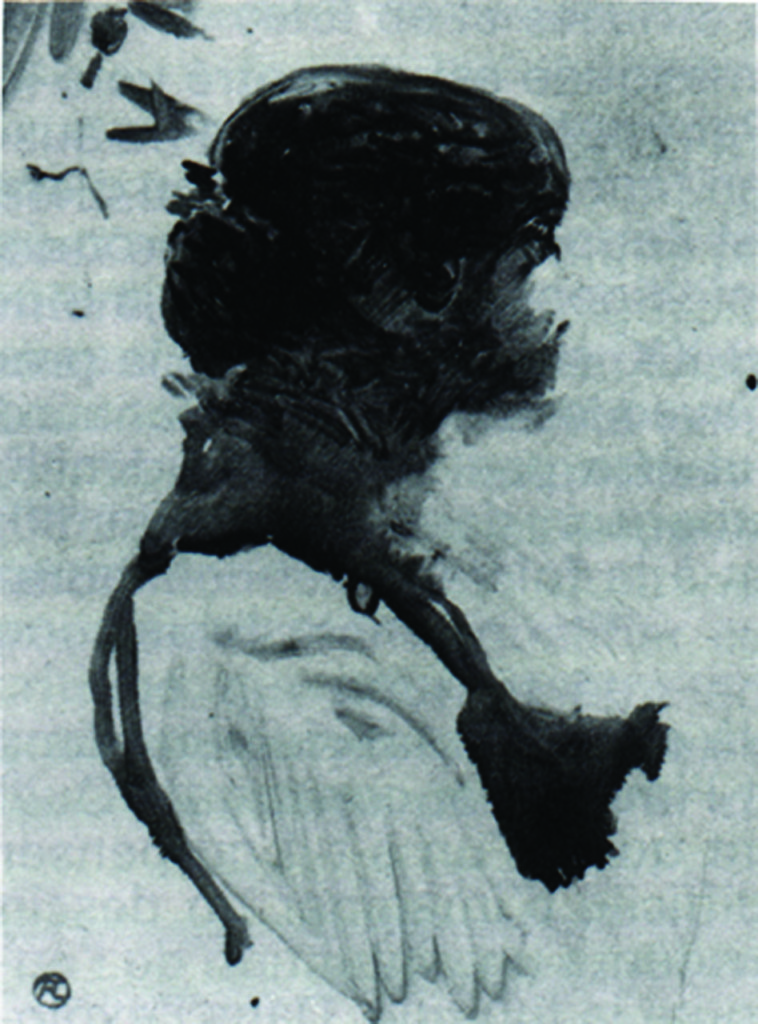In 1992 I was asked to write an article for “La Revue du Tarn” as a contribution to the “Year of Toulouse-Lautrec”. In particular I was asked to give a critique of the big exhibition of his paintings that took place that year in London and Paris. More recently I included an edited adaptation as Chapter 7 of my book “Fresh Perspectives on Creativity“. Click below for a .PDF version of it.
.
“AT LAST I DON’T KNOW HOW TO DRAW”
.
Apologies for the poor quality of some of the illustrations. They will be better for the published version.

–
So much to learn!
And so much to unlearn!!!
This is great Francis. The images are fantastic, and come out fine, even if not perfect. Lots of food for thought.
thank you for those detailed analysis of some Toulouse Lautrec’s works , they help me for going myself in the “unknown”
wonderfull article that I translated in french with Jacques Bosser
Thanks 🙂
No argument that he was a gifted artist. I am one of those who see him as bit of a mess because of his physical limitations. Some of his subject matter seems to be a cry for attention from a group who would accept him in their fold – not serious art and exploration that could have gone much further. But it’s for the societal “for shock value” pieces that he remains famous.
All his images contain a confidence of line and never fail to have life and energy in them even if the life is sometimes contemplative even melancholic.
Thank you, Francis, for this post and for your wonderful lecture today.
I listened in on a discussion of Henri Toulouse-Lautrec after the group had visited the museum in Albi of the same name. Each person had a unique appreciation for various works they saw there, with one individual asking questions of pure curiosity. It’s fascinating to see the diversity of experience each person describes from viewing the same body of art.
What becomes disturbing is the conjecture made about the artist that then colors the experience to a great degree. The “backstory” as I call it – what is told about the artist personally, whether a musician, poet, actor or painter – can completely alter the meaning expressed in their work. I much prefer not getting the backstory so I can experience the artistic form that speaks to me through the filters of my own backstory. The gift of the artist is not what it teaches me about the artist, but what it teaches me about myself.
There is a tendency to assign a level of sainthood to dead artists. And let’s be honest, unless the deceased was a vile individual we shy away from speaking ill of the dead. That attitude often evolves into overstating the virtues that may (or may not) have been glimpsed in their lifestyle. From there we leap to conclusions that credit aspects of their work with a genius of intentionality, when accident or error could have been at play. The intention or lack thereof is irrelevant, but learning to “read” the nuances enriches the experience.
The more time passes with fewer and fewer remaining witnesses to the artist’s lifestyle, the less reliable our appraisals become. Things that are quoted from friends and family were likely motivated by the desire to polish the memory to a high gloss. Detractors from the past can’t be trusted either since their motivation is suspect as well. History has been dispelled time and again, and is likely malleable where artists are concerned as well.
If we want to learn about the life and times of an artist just for the sake of knowledge and historical interest, all sources are welcome. But beware, the experience of their art will be forever colored. We will have dulled its ability to touch us in ways it could have done without the backstory. That’s not to say the work can’t touch us, inspire us, lift us up or bring us down. The backstory could even intensify that. The art still has power, and we can still love it or hate it. But with the backstory in tow, I can’t help but be influenced by it and the purity of the experience is lost. Maybe this is a case for ignorance being bliss.
Illuminating.
Very persuasively and passionately argued. The analysis is clearly informed by Francis’s many years of scientific research during his time at Stirling, where he was a founder member of the Vision Group. This showed how important the brain is in interpreting what we see, and it is the fruits of this research that have given such originality and depth to the paper that he presents here. Many, many, qualities to Henri Toulouse-Lautrec that I would never have appreciated without having read Francis’s persuasive arguments, which are all the more so thanks to a style of presentation that is so accessible. A great read and one from which I shall not be able to contemplate the oeuvre of Henri Toulouse-Lautrec again in the same way as I did before…
Thank you, Francis, for your insights on the paintings of Toulouse-Lautrec as we toured the Museum in Albi today. Thank you especially for pointing out the visual evidence of his exploratory lines, lightnesses and the minimal cues. The 1901 “Un Examen à la Faculté de Paris”, for which you’ve shared your unique perspective studies, now breaks my heart as it tells of the dying artist’s desire to be physically close to his friend. Such great teaching in class and at the museum.
Wish I could have been there!